Lower Falls - Norris Geyser Basin
- Deborah Kade
- May 29, 2019
- 7 min read
Updated: Oct 13, 2019
May 14, 2019
The 14th was a very long day filled with many stops and pictures so I decided to make two entries instead of one very long one.
After visiting Mud Volcano, our next stop took us to Lower Falls.
Lower Falls, the biggest waterfall in Yellowstone, is the most famous in the Park, hands down. In fact, the 308-foot tall waterfall is most likely the second most photographed spot in Yellowstone, with Old Faithful Geyser being the first. I fell in love with this spot and these pictures might be my favorite Yellowstone pictures.


As the Yellowstone river flows north from Yellowstone Lake, it leaves the Hayden Valley and plunges first over Upper Yellowstone Falls and then a quarter mile (400 m) downstream over Lower Yellowstone Falls, at which point it then enters the Grand Canyon of the Yellowstone, which is up to 1,000 feet (304 m) deep.




It is likely that Native American tribes knew of the falls for centuries. Captain William Clark of the Lewis and Clark Expedition made a note in his journal about hearing of the falls but did not believe the story. The first European to see the falls was likely French fur trapper Baptise Ducharme who claimed to see the falls in 1824, 1826 and 1839. Jim Bridger and fellow explorer James Gremmell claimed they visited the falls in 1846. In 1851, Bridger provided missionary Father Pierre-Jean De Smet a map showing the location of the falls. The Cook-Folsom-Peterson Expedition, a private group of three explorers named the falls in 1869. The earliest images of the falls were drawn by Private Charles Moore, a member of the U.S. Army escort of the Washburn-Langford-Doane Expedition which explored the Yellowstone River in August–September 1870. During the Hayden Expedition of 1871, the falls were documented in photographs by William Henry Jackson and later in paintings by Thomas Moran. In January 1887, Frank Jay Haynes took the first winter photographs of the lower falls.



Over the years the estimates of the height of this falls has varied dramatically. In 1851 Jim Bridger estimated its height at 250 feet. One outrageous newspaper story from 1867 placed its height at “thousands of feet”. A map from 1869 gives the falls its current name of Lower Falls for the first time and estimates the height at 350 feet.
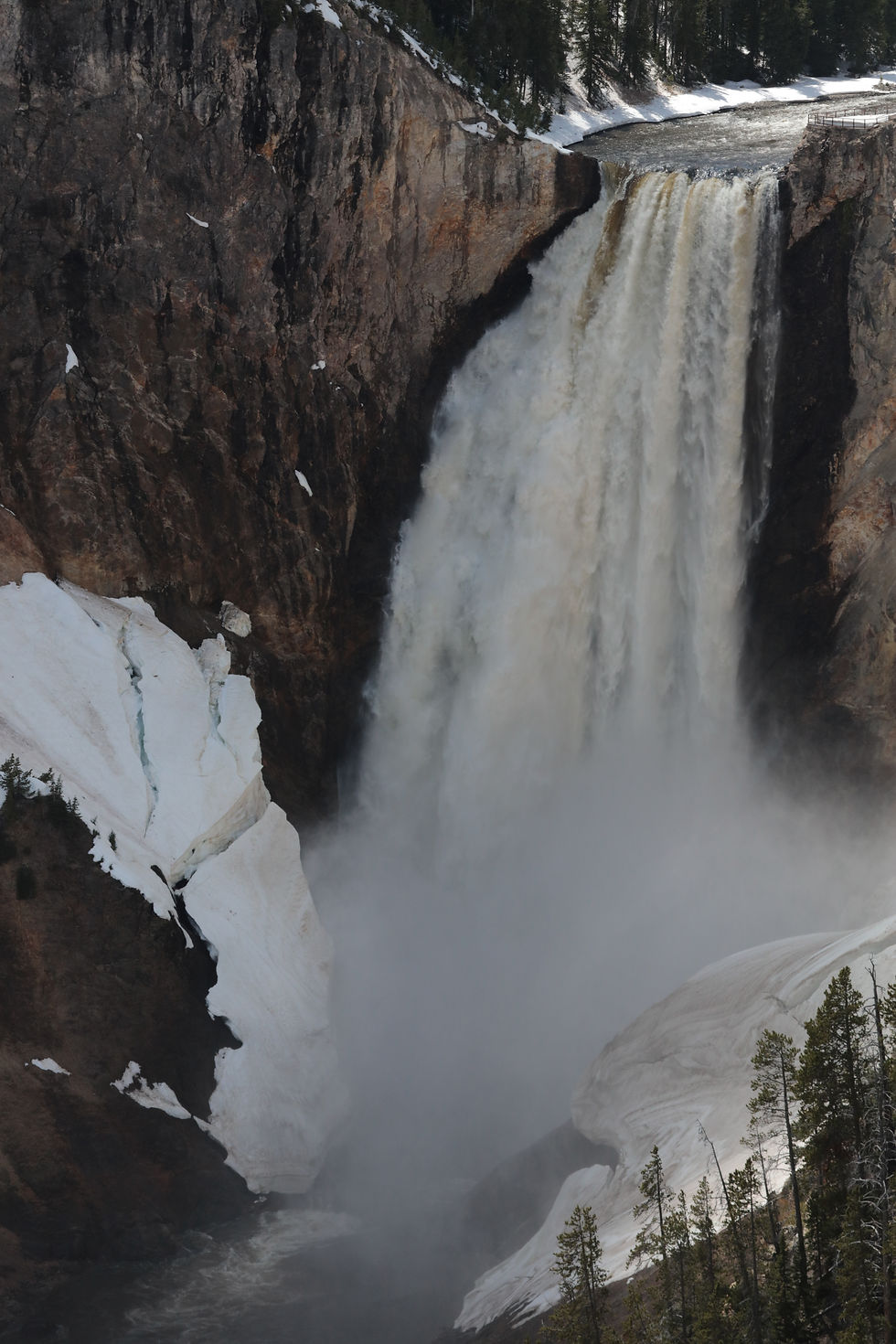
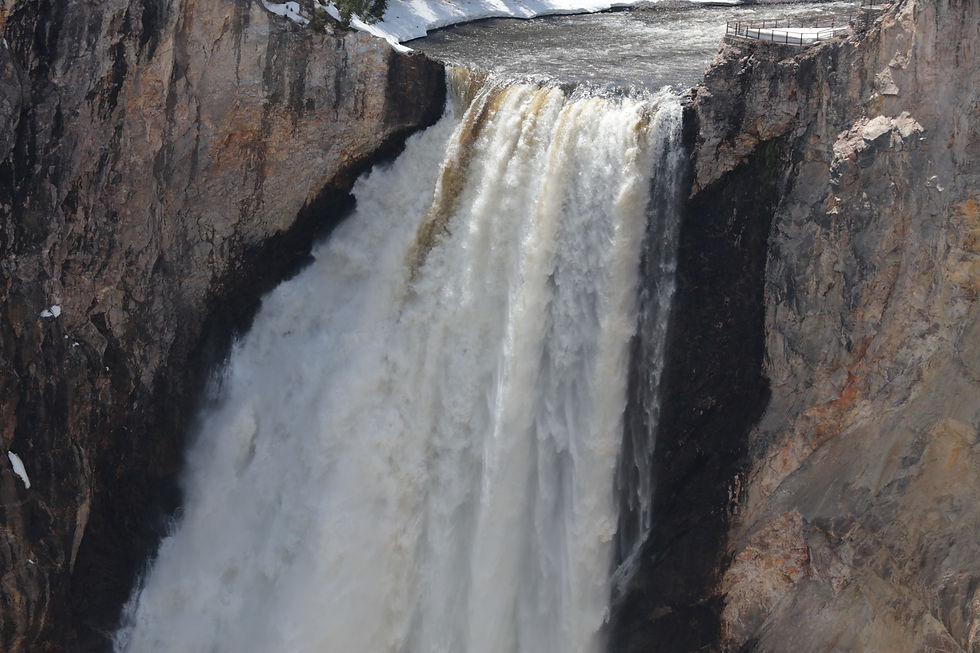


Cascading from the 590,000 year old Canyon Rhyolite lava flow, Lower Yellowstone Falls is the largest volume waterfall in the Rocky Mountains. These falls are 308 feet (94 m) high, or nearly twice as high as Niagara Falls. The volume of water flowing over Lower Yellowstone Falls can vary from 680 cu ft/s (19 m3/s) in the autumn, to 8,400 cu ft/s (240 m3/s) at peak runoff in late springtime. The flow rate of Lower Yellowstone Falls is much less than that of Niagara Falls, as the Yellowstone River is only 70 feet (21 m) at the point at which it goes over the lower falls, whereas the Niagara River is 2,600 feet (790 m) in width as it approaches the crest line of Horseshoe Falls.



Some of the pathways were still blocked off due to snow.

I definitely will come back another year and photograph it in "other light". A rainbow would be nice, too.
There were some vehicles parked along the road. So.... we had to stop. The group was watching a coyote hunt.

The coyote was successful in the hunt.

Happy I had my telephoto lens. It is still hard to see, though.

Saw an osprey swoop over the stream and catch a fish. It was too fast to photograph.
Beautiful scenery along the way.
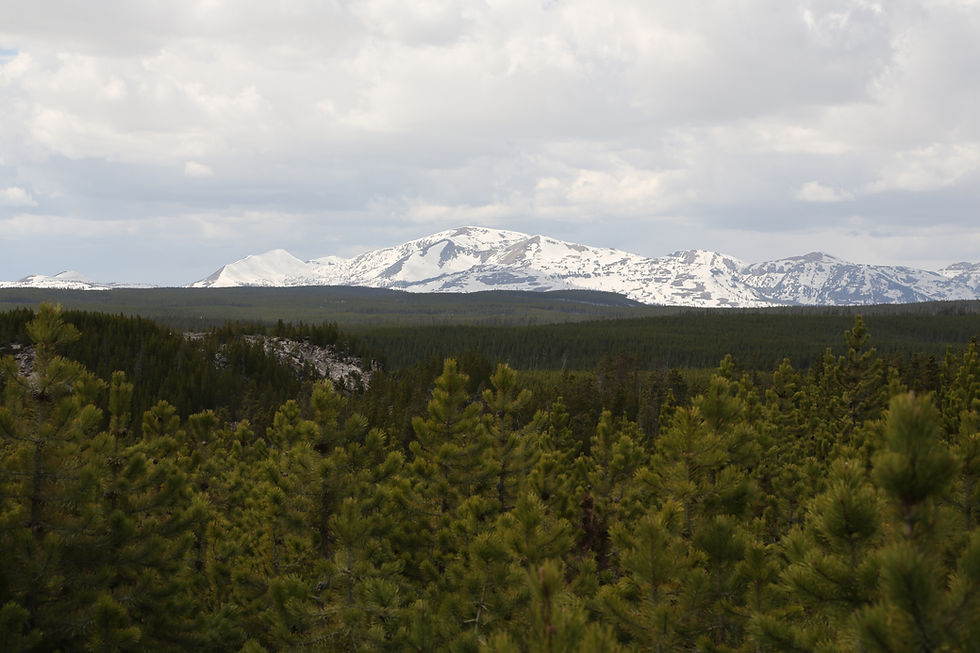
Our final destination for the day was the area around Norris Geyser Basin.
Norris Geyser Basin is the hottest and most changeable and dynamic thermal area in Yellowstone. The earliest geyser activity is here. It hosts 550 geothermal features including Yellowstone's tallest active geyser, Steamboat Geyser, which spouts water more than 300 feet in the air but whose eruptions may be years apart.
A two mile trail winds through the basin.
Norris Geyser Basin offers great diversity in thermal features largely because it is at the junction of several disturbances in the earth's crust. A major fault (rock fracture) runs south from the Mammoth Hot Springs area toward Norris. This fault crosses another fault extending eastward from Hebgen Lake to Norris. Both of these breaks in the earth's surface intersect with fractures radiating from the great caldera that dominates central Yellowstone.
Water from rain and snowfall percolates downward through cracks and fissures and becomes heated, rising to the surface again as a hot spring, geyser, mud pot, or steam vent. At Norris, a rare combination of ingredients creates a landscape unique on this planet.
Norris is home to Echinus (one of the Park’s most popular geysers) and Steamboat (the world’s tallest geyser). In addition, there are several miles of boardwalks from which you can explore dozens of multi-colored thermal features.
Norris Geyser Basin is the the hottest geyser basin in Yellowstone. The basin is comprised of two distinct sections: The Back Basin is in a forest setting (at least it was before the 1988 fires, now its more of a regenerating forest setting). It contains geysers and hot springs tucked among the trees.
The Porcelain Basin is characterized by a lack of vegetation. No plants can live in the hot, acidic, water emitted from the numerous thermal features in the basin. Porcelain Basin presents a beautiful but desolate visage which is unlike any of the other geyser basins in Yellowstone.



Norris Geyser Basin is constantly changing. New geysers are born, old ones die. Even the major geysers change from year to year. This makes Norris an interesting place to study but a difficult place to predict. This is part of the fun of Norris.
Emerald Spring
A hot spring's color often indicates the presence of minerals. In a clear blue pool, the water is absorbing all colors of sunlight except one, blue, which is reflected back to our eyes. Here in Emerald Spring's pool, another factor joins with light refraction to give this spring its color. The 27-foot (8 meter) deep pool is lined with yellow sulfur deposits. The yellow color from the sulfur combines with the reflected blue light, making the hot spring appear a magnificent emerald green.
Hot spring water can dissolve and transport sulfur from underground. The mineral can deposit and crystallize at the earth's surface, sometimes in hot spring pools.




Steam Boat Geyser
Steamboat Geyser, is the world's tallest currently-active geyser. Steamboat Geyser has two vents, a northern and a southern, approximately 20 feet (6.1 m) apart.
The last major eruption occurred on September 30, 2018 at 6:55 PM.

In 2018, Steamboat Geyser entered a much more active period with now fifty eruptions recorded between March 15, 2018 and May 27, 2019, of which thirty-two occurred in 2018. This broke 1964's record of twenty-nine for most recorded eruptions in a calendar year.
Steamboat's major eruptions generally last from 3 to 40 minutes (a couple durations surpassing an hour were observed during the 2018 active phase), and are followed by powerful jets of steam. During these eruptions, water may be thrown more than 300 feet (91 m) into the air. Steamboat does not erupt on a predictable schedule, with recorded intervals between major eruptions ranging from four days to fifty years. The geyser was dormant from 1911 to 1961. In 2018-2019, the geyser entered a prolonged period of frequent activity with more than 40 eruptions reported in a one-year period.
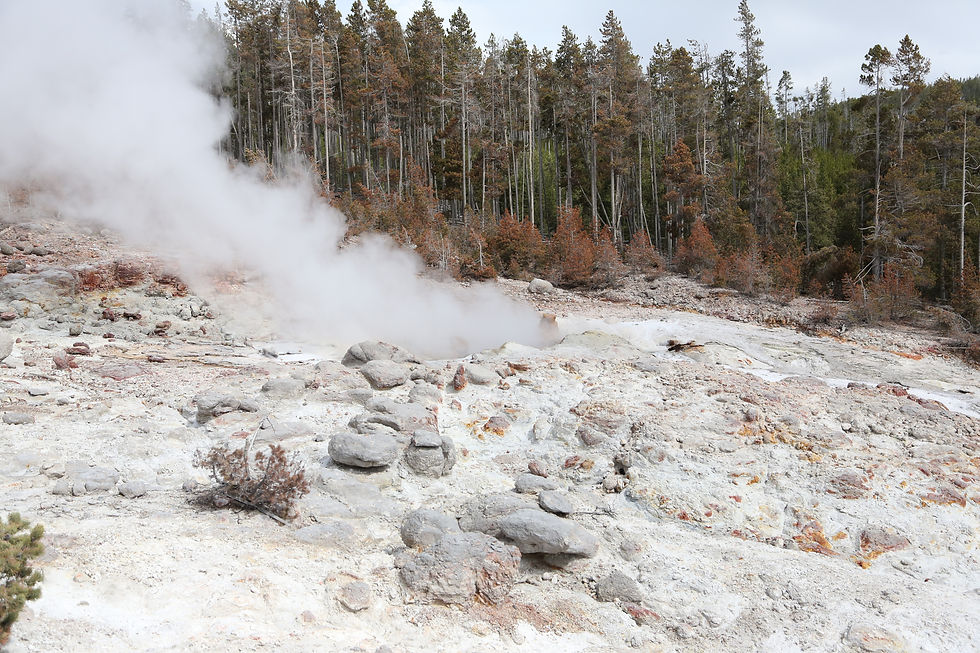

Minor eruptions of 10 to 15 feet (3.0 to 4.6 m) are much more frequent.
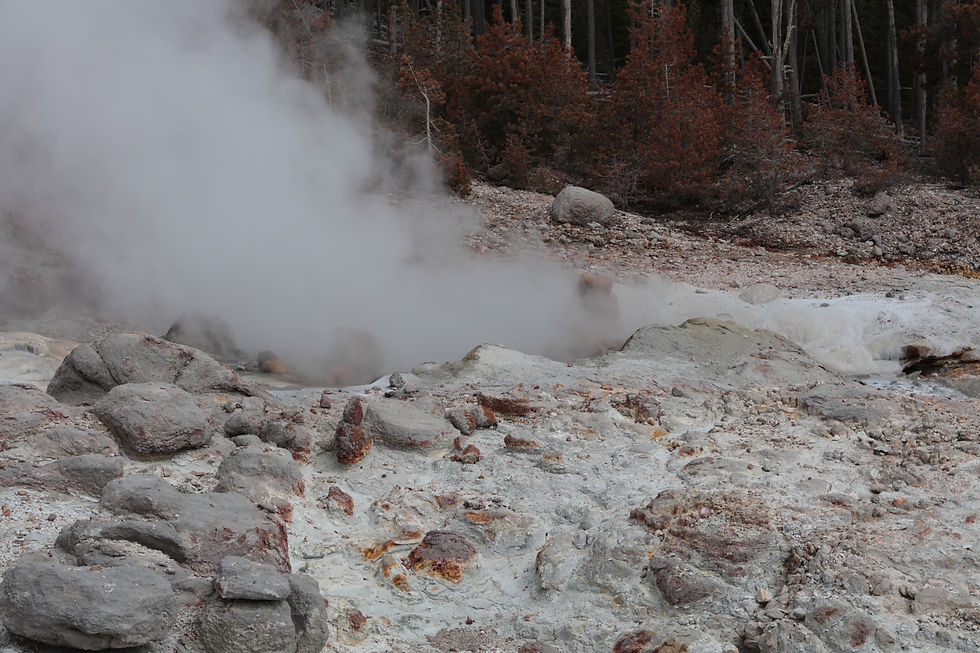
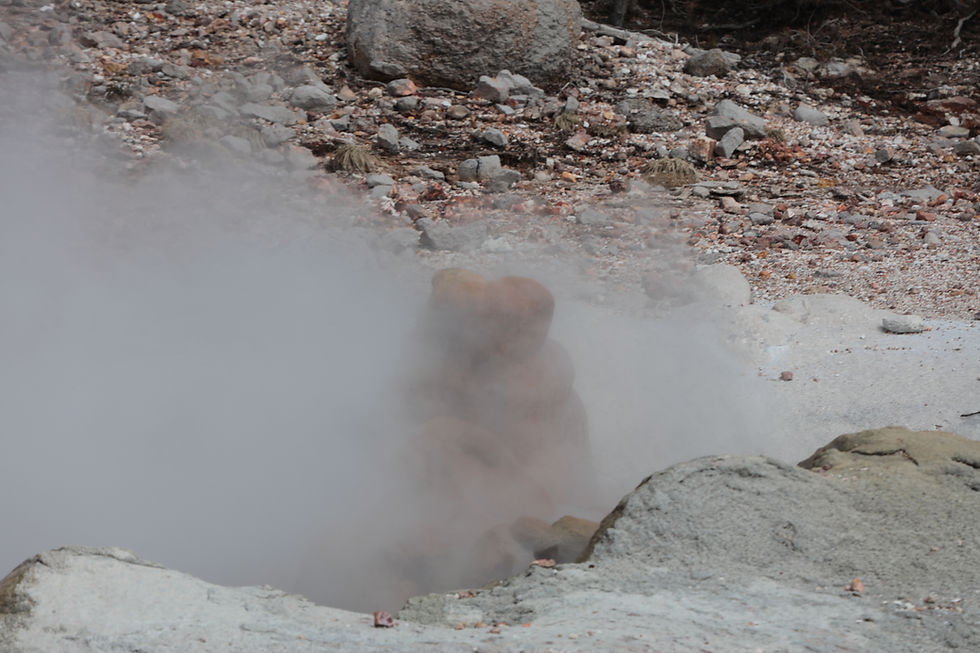
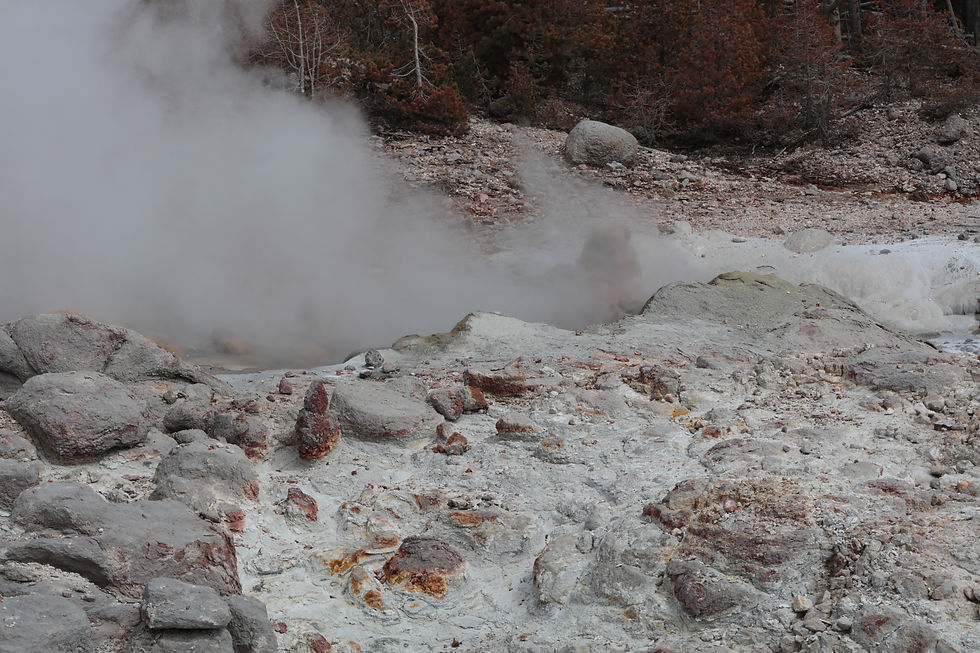


After an eruption, the geyser often vents large amounts of steam for up to 48 hours. Sometimes during this part of an eruption, water may return to Steamboat, causing it to jet water once again, though to lesser heights. Cistern Spring, located nearby, will drain completely during a major eruption of the geyser; the spring refills within a few days.



Cistern Spring
Cistern Spring and Steamboat Geyser are linked underground. During a major eruption of Steamboat, the water in Cistern Spring's pool drains. Normally, Cistern is a beautiful blue pool from which water continually overflows. It is quite creative, depositing as much as 1/2 inch (12mm) of grayish sinter each year. By comparison, Old Faithful Geyser and many other thermal features may build at the rate of only 1/2 to 1 inch (12 - 25mm) per century. Cistern Spring's influence expands throughout the lodgepole pine forest below. This forest has been slowly flooded with silica rich water since 1965. The pioneering lodgepole pine forest at Norris is in constant flux, retreating here and in other areas of increasing heat while advancing in places of diminished thermal activity.


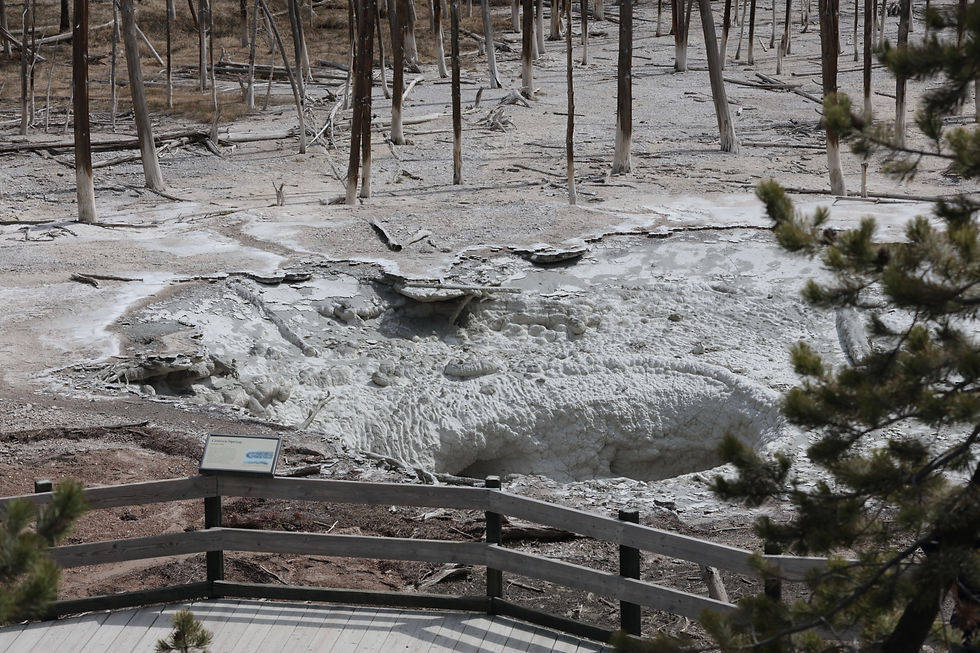



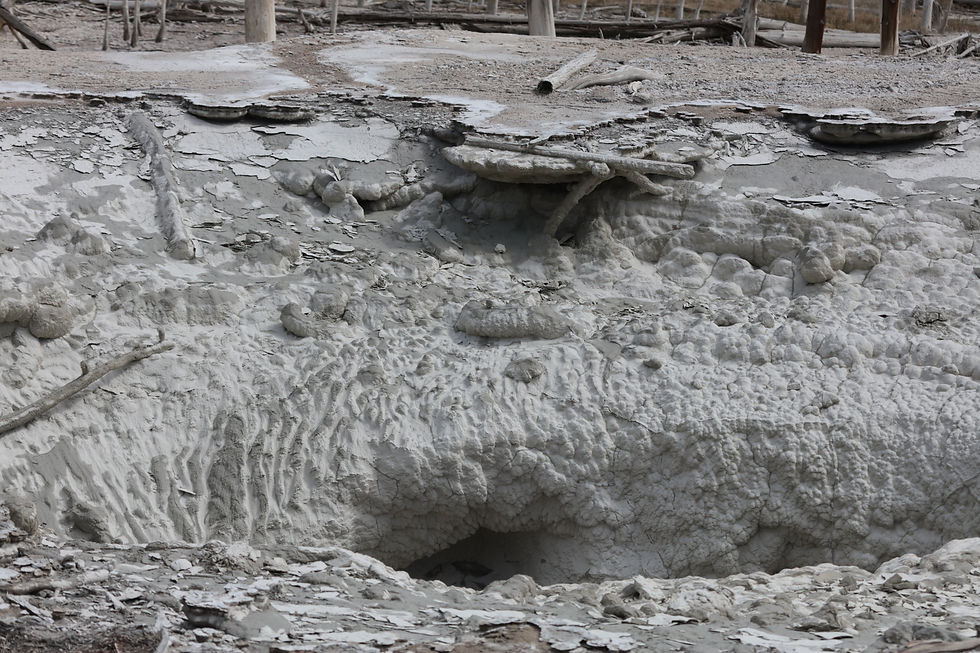
Echinus Geyser
Echinus (e-KI-nus) Geyser was a perennial crowd-pleaser which typically erupted every 35 to 75 minutes. Late in 1998, this geyser altered its interval and for the next few years became less frequent and predictable. For the last several years, Echinus eruptions have been extremely rare. When active, its pool fills gradually with water;then suddenly, bursts of steam and water explode 40 to 60 feet (12 to 18 m) skyward. Eruptions can last from about 4 minutes to as long as 118 minutes. The major eruptions were believed to be caused by a secondary water source which has mysteriously vanished. Like other geysers and hot springs, Echinus Geyser can change without warning, and is subject to many unseen changes and forces underground.
Echinus is the largest acid-water geyser known. Its waters are almost as acidic as vinegar with a pH ranging from 3.3 to 3.6. Acid geysers are extremely rare with the majority of the planet's
total being found here at Norris Geyser Basin.
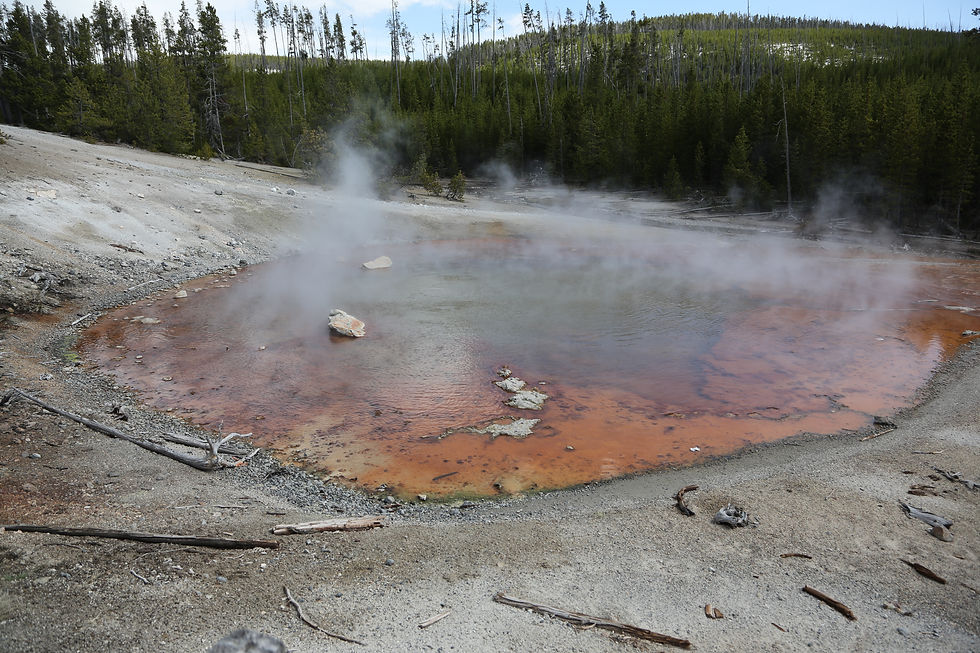

Mystic Spring





Crater Spring



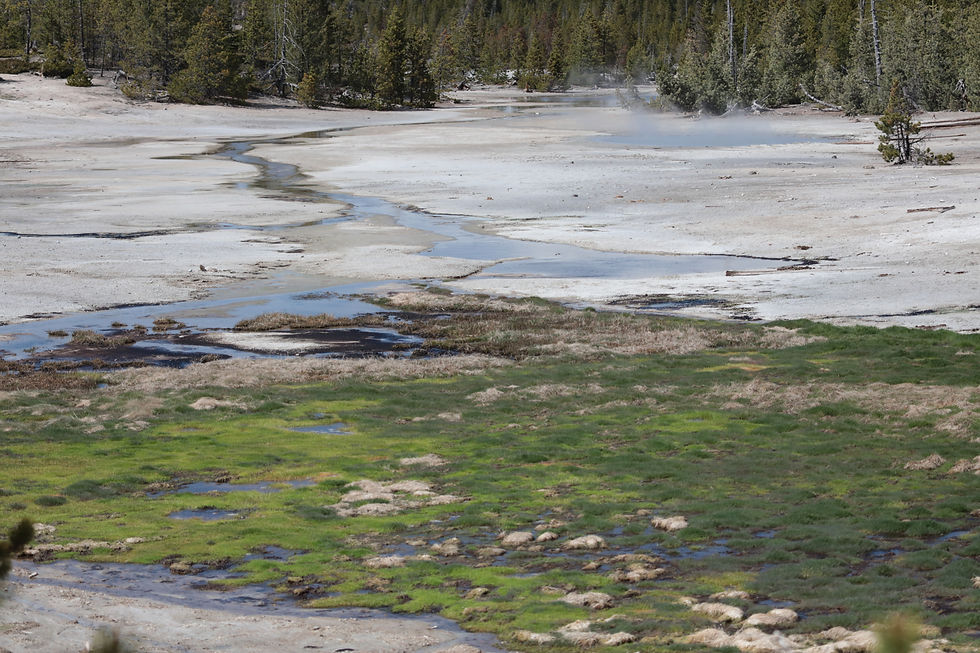
Puff 'N Stuff

Yellow Funnel Spring

Blue Mud Steam Vent



Such a pretty color blue.



Vixen Geyser
The Vixen Geyser is known for its temperamental, spit-fire disposition. In fact, that’s why Yellowstone National Park’s second superintendent P.W. Norris named this feature “vixen.” The geyser’s temperature rises to 195°F, yet it’s eruption schedule is erratic to say the least. Intervals can last from minutes to hours; its eruption duration can go for seconds to 50 minutes; and the height of its stream can soar anywhere between 5 and 30 feet. Researchers have noted two “typical” kinds of eruptions. One displays minor activity every few seconds with occasional splashing and spouting up to 15 feet high mixed in. Major eruptions are rare and unpredictable, but when they do occur they can last up to an hour with water shooting up to 30 feet. After either type of eruption, the crater drains, leaving a gurgling sound in its wake. Vixen erupts from a round, cylindrical vent stained a pinkish color by iron oxides deposited with silica.


Monarch Geyser Crater


Minute Geyser
Minute Geyser's eruptions have changed dramatically. Its larger west vent is clogged with rocks tossed in by early visitors when the park's main road was near this trail and passed within 70 feet of the geyser. Minute once erupted every 60 seconds, sometimes to heights of 40 to 50 feet (12 to 15 meters). Eruptions now are irregular and originate from its smaller east vent. Removal of the west vent's mineral-cemented rocks would require the use of heavy equipment resulting in severe damage.
Minute Geyser's destruction stands today as a sad reminder of thoughtless behavior on the part of some visitors.


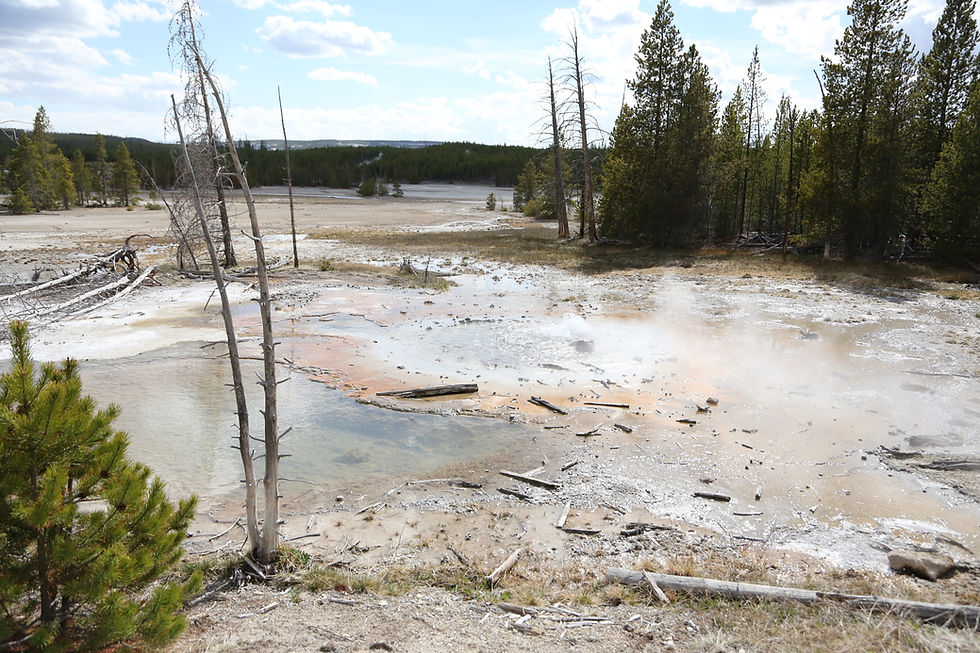


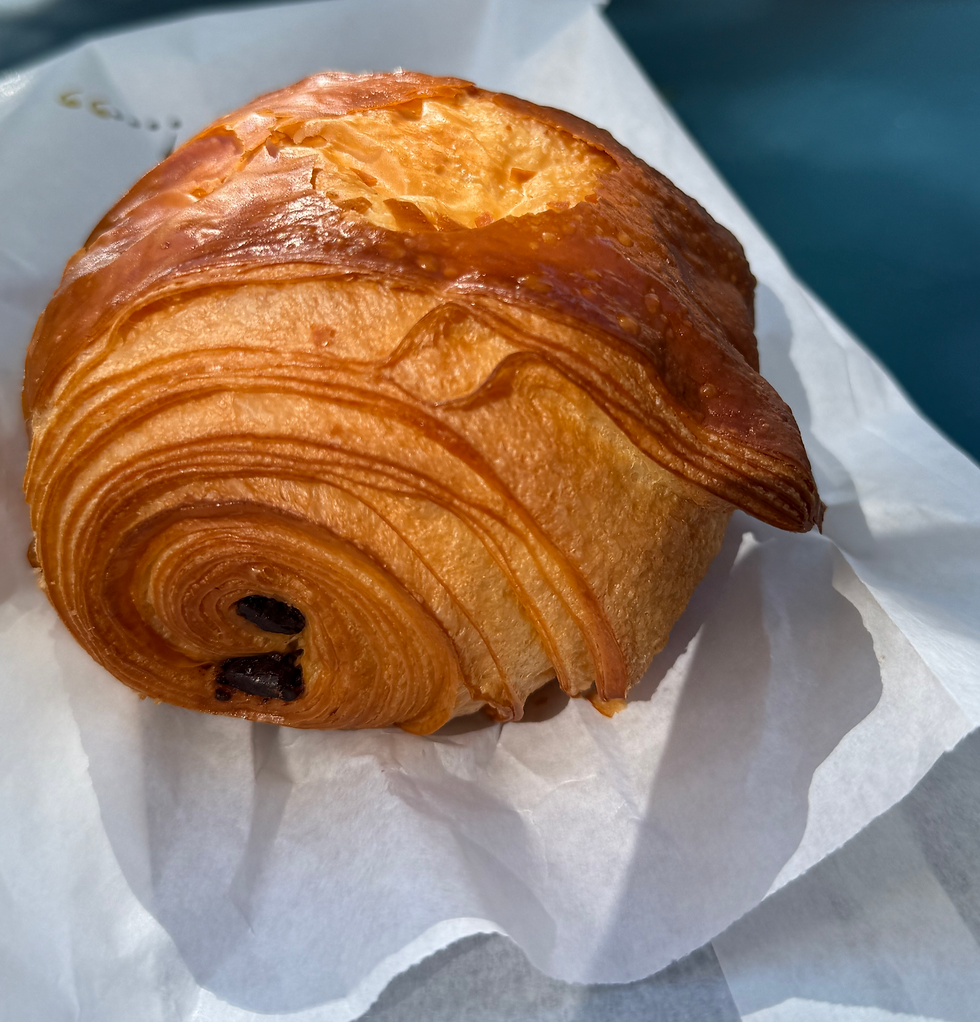


Comments